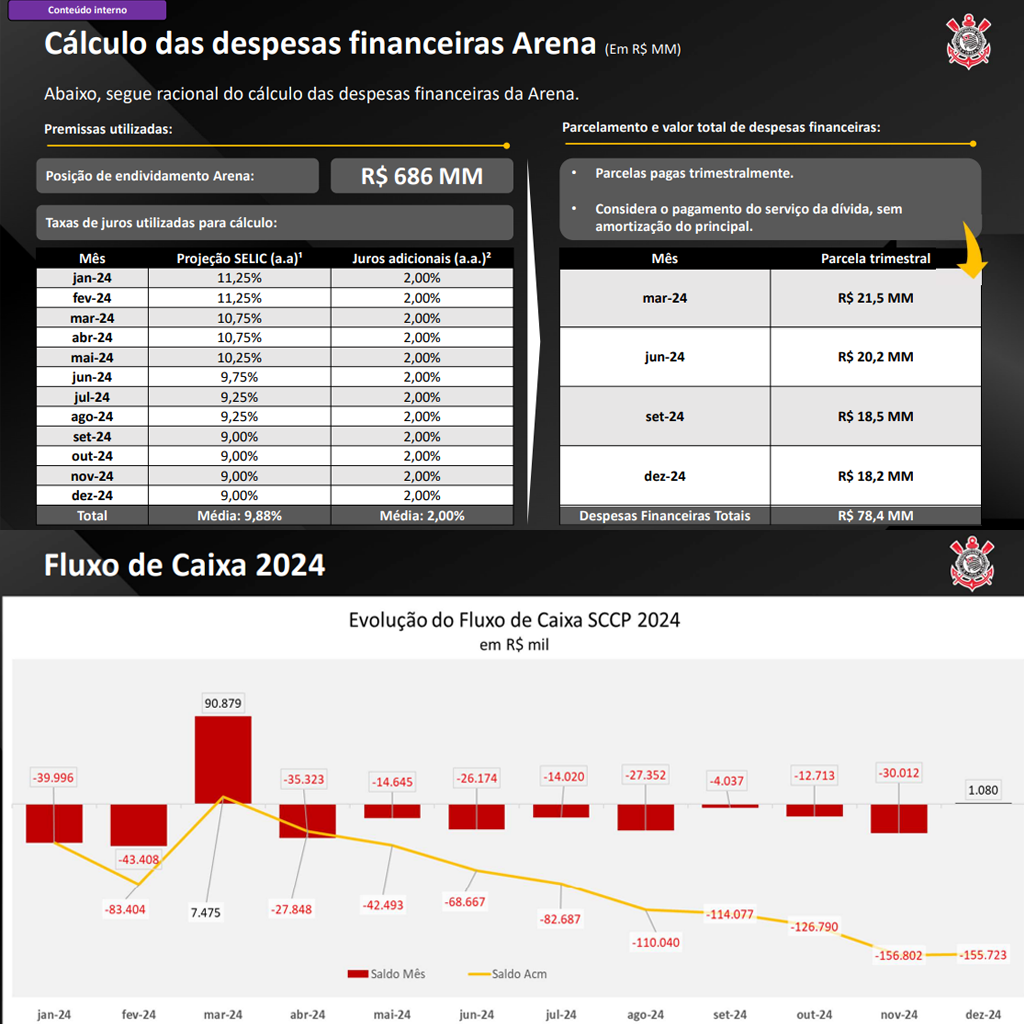
The Current Gen of Game Consoles in Crisis
In recent years, there was significant anticipation for the new generation of consoles, including the PlayStation 5 and Xbox Series X|S. Although the Nintendo Switch is part of this current generation, it stands apart from the criticisms directed at other consoles. Initially, there was great optimism about what these new consoles could offer, but several factors ultimately affected the development and release of new video games. Let’s examine the key issues contributing to the sense of stagnation in the current console generation.
The Impact of the Pandemic on Game Development
One of the most significant factors was the COVID-19 pandemic, which profoundly impacted game development. Production timelines increased, and quality was often compromised, with many studios struggling to meet expected standards. This has led many players to feel that this generation hasn’t truly started — a sense that “the generation didn’t exist.”
This perception has been further intensified by Sony’s statements indicating that this generation may already be nearing its end. Many players, including myself, share this frustration, as the games that marked the beginning of the generation were mostly multigenerational. This means titles like Horizon Zero Dawn and God of War were originally developed for the PlayStation 4 and only received graphical enhancements for the PlayStation 5. This phenomenon left players feeling as though the new generation of PS5 exclusives wasn’t reaching its full potential.
PSVR2’s Weak Sales Performance
Another notable issue was the poor sales performance of PlayStation VR2, Sony’s virtual reality device. Initially, the company expected to sell about 2 million units at launch, but sales fell short, reaching only 600,000 units. This led Sony to explore alternatives, including the potential compatibility of PSVR2 with PC games — a rare move for the company.
Though the PSVR2 includes innovative technology, such as OLED screens and eye-tracking for optimized graphics, it hasn’t achieved the expected success. These technologies are rare in the market, with few PC alternatives, which could make the device more attractive if Sony successfully integrates compatibility with platforms like Steam.
However, the larger issue goes beyond virtual reality. The most common criticism is the lack of PS5 exclusive games and the overabundance of cross-generational titles, which limits innovation. For example, the PlayStation 5’s SSD speed could allow for faster load times and seamless environments without “loading” screens, yet this potential can’t be fully utilized when games are also developed for the PlayStation 4, due to the older hardware’s limitations.
The Shortage of Exclusive Games
When we look at recent releases, especially from Sony first party studios, we see an interesting pattern. Take Naughty Dog, the developer behind Uncharted and The Last of Us. So far, the studio hasn’t launched any original games for the PlayStation 5; instead, we’ve seen re-releases of PlayStation 4 games. Meanwhile, Insomniac Games, another powerhouse studio, has been one of the few to deliver new games coming out exclusively for this generation, such as Ratchet and Clank and Spider-Man 2.
This highlights an important issue: the development time for triple-A games has increased significantly. Today’s triple-A titles take around five to six years to produce, meaning a studio can realistically release only one or two major games per console generation. This trend directly affects the number of new game releases we see on the latest platforms.
Even Spider-Man 2, an excellent game, reuses several elements from its predecessor, Spider-Man for the PlayStation 4, showing the trend toward reusing and updating content instead of creating entirely new game consoles. This is also evident in the lack of games that are exclusively developed for the new generation of consoles, which, in turn, decreases the incentive for players to adopt the latest gaming systems.
Rising Production Costs and Financial Risks
This reality is connected to another factor: production costs. Developing a triple-A game for the current generation requires massive resources in both time and money. This partially explains why many studios are opting to release cross-generational titles that function on both the previous and current generations, rather than focusing exclusively on the PS5. The broader the reach, the greater the chance of recouping the investment.
Recent layoffs at key Sony studios, such as Naughty Dog, highlight a growing need to optimize costs in an industry where risks are high and returns are not always guaranteed. With games taking years to develop and demanding enormous budgets, any misstep can lead to financial disaster.
On the other hand, Nintendo has taken a different approach. While it also re-releases popular titles, as seen with The Legend of Zelda: Breath of the Wild and Mario Kart 8 Deluxe, Nintendo has invested heavily in mid-budget games. These titles, like Super Mario Wonder, manage to deliver a triple-A experience without the huge development costs, allowing Nintendo to release more games and keep the Switch relevant for longer.
The Vicious Cycle of Cross-Gen Releases
This detailed analysis underscores a crucial point in Sony’s strategy: the cycle of cross-generational releases and the struggle to encourage migration to the PlayStation 5. The reality is that the rising development costs of large-scale games make exclusive releases for a single platform a high-risk endeavor. This is why Sony, along with other companies, prioritizes reaching the largest possible player base, which includes millions still on the PlayStation 4.
This cycle leads to a type of stagnation, as the absence of true first party playstation games for the new generation discourages players from buying a new console. At the same time, developers continue producing for the previous generation because that’s where the larger market lies. As a result, the cycle perpetuates: without new exclusive games, there’s little incentive to buy a PS5, and with fewer PS5s sold, games continue to be released for the PS4.
This approach of risk mitigation through cross-gen and PC releases seems likely to continue in the coming years. We may even be approaching the end of pure exclusivity, except for certain titles from Sony first party studios that still use this strategy as a selling point for consoles.
Ultimately, this cycle presents a challenge: the PlayStation 5’s potential and hardware are not being fully utilized. The question remains: will this business model, rooted in security and risk mitigation, hinder the evolution of games as both a technological and artistic experience?
The future of consoles may depend on how companies balance this dilemma between market reach and technical innovation.
Learn More:
• Gaming Industry Closes $4.9 Billion in Deals in Early 2024
Share this content:





















Publicar comentário